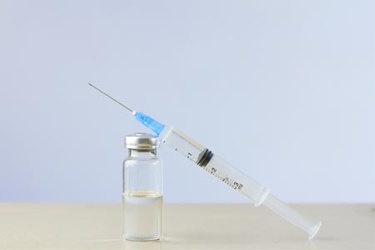Creation Of A Swine Model Of Oral Angioedema
By Kyle Klepner, Megan Haney, Stephen Wargacki, Rajesh Kainthan, Holly Ponichtera

Angioedema is a sudden swelling often triggered by allergic reactions, primarily affecting the face, lips, and tongue, where it can become life-threatening if airway obstruction occurs. While miniature swine (MS) models exist for inducing swelling via histamine injections, no large animal model has been developed specifically for angioedema in the oral cavity. In this study, six male Yucatan MS were administered histamine dihydrochloride injections into the inner lip mucosa and tongue using a dose-escalation design ranging from 0.0005 to 0.2 mg per injection site.
To ensure precision in dosing and measurements, animals were anesthetized with isoflurane, and digital calipers were used to assess tissue swelling, while Draize scores monitored erythema and edema. The highest dose (0.2 mg/injection site) produced the desired angioedema response in the initial animal, prompting an additional four MS to be dosed at this level for reproducibility. In these five animals, the most significant swelling in both lips and tongue occurred within the first 30 minutes, with lip thickness continuing to rise slightly up to 90 minutes, while tongue swelling gradually decreased but did not return to baseline. Draize scores indicated increased erythema and edema as early as 10 minutes post-injection.
During anesthetic recovery, diphenhydramine was administered to reduce any remaining swelling, and all animals recovered without complications. These findings demonstrate that histamine dihydrochloride effectively induces angioedema in the tongue and lips of MS, establishing a valuable large animal model for evaluating angioedema treatments and studying its impact on drug absorption when administered sublingually or bucally.
Get unlimited access to:
Enter your credentials below to log in. Not yet a member of Drug Discovery Online? Subscribe today.
